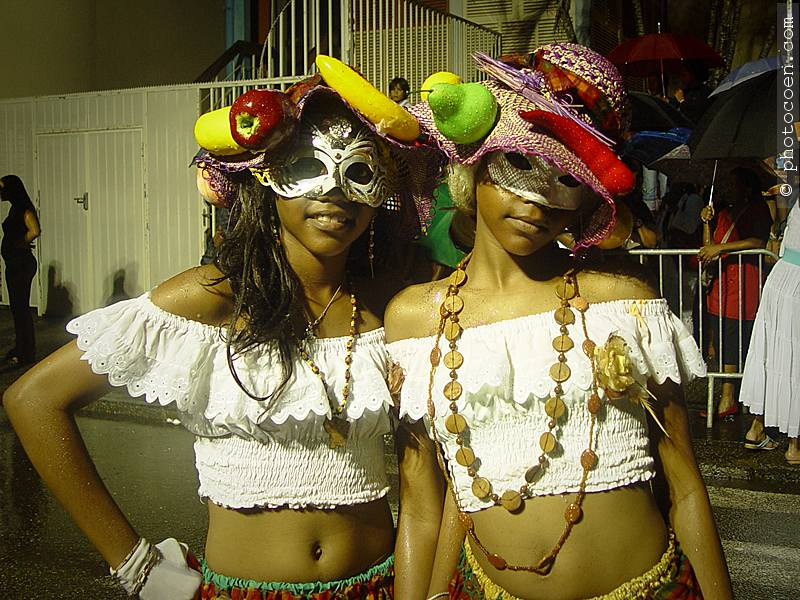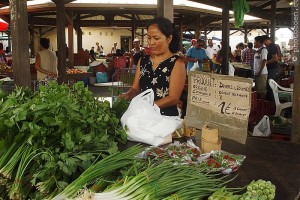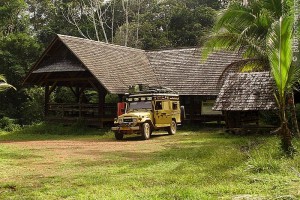BUDGET TRAVEL TIPS
Accommodation
Hotels are expensive; expect to pay at least €35-50 for a basic double room. Or, follow the local example and bring or buy a hammock (preferably with mosquito netting to protect against malaria and dengue).
Many jungle lodges and youth hostels have carbets, open-air huts, where you can hang your hammock for €5-10/night. Many, but not all, rent hammocks for €5-7.





